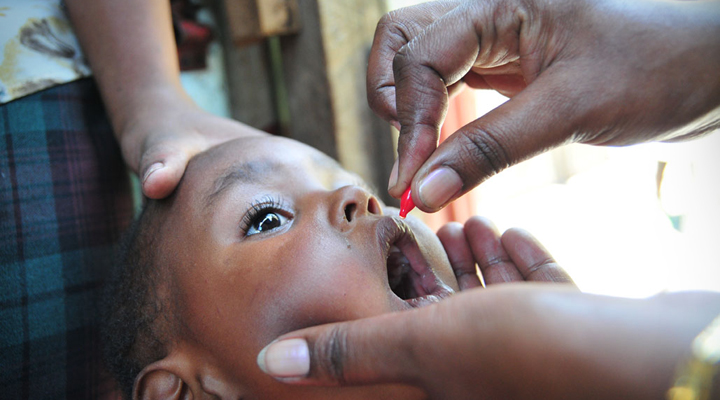We spent a lot of time in 2012 working with GiveWell to identify opportunities to fund the delivery of programs in global health and nutrition that are particularly cheap and proven to be impactful. (See GiveWell’s list of programs it considers proven and cost-effective here.) This approach seemed like a great way to learn, to help GiveWell expand its research, and to save and improve people’s lives.
We focused much of our search on opportunities to deliver more vaccines and micronutrient supplements, particularly iodized salt and vitamin A supplements, to poor people in developing countries.
After significant time spent speaking with large nonprofits, bilateral aid agencies and major foundations — and investigating multiple leads — we have not found any opportunities to fund more delivery of these proven, cost-effective programs.
This came as a surprise to us and to GiveWell, and we think it’s an important finding. GiveWell described what we did and learned in this blog post, which I highly recommend reading, and in this detailed writeup on the immunization landscape. In sum:
“The basic pattern we saw was that:
- Government and multilateral funders provide substantial funding for these interventions.
- It often appears that the greatest obstacle to universal coverage is a logistical bottleneck rather than a simple lack of funding for more direct execution.
- We asked persistently for areas where more funding was needed to do more direct delivery. In many cases, we were told that there were opportunities, but then (a) these opportunities became funded by others while we were investigating them, or (b) we tried to follow up on these opportunities and ultimately were met with unresponsiveness, and/or concluded that funding was not the primary bottleneck to progress in these cases.”
GiveWell continues: “There are some funding gaps (the best example being bednets); but overall, it appears that the most proven, cost-effective interventions are often already being appropriately funded by the international community.”
That’s good news, of course, and I believe the time we spent to reach this conclusion was well spent. But it is further evidence for the notion that we should expect giving well to be difficult.
This finding leaves us with a few options for how to proceed:
- Attempt to increase the number of “proven” interventions by funding more research. For example, we have found few high-quality evaluations of the impact of clean water programs; we could fund such research.
- Attempt to address the non-financial obstacles to delivering vaccinations and micronutrient supplements.
- Broaden our scope to consider programs that are less “proven” (e.g. policy advocacy, scientific research, product development and so forth) and/or less cost-effective (e.g. antiretrovirals for the treatment of HIV/AIDS).
For now, we’re most excited about option #3 and expect it to lead to better opportunities for impact than #1 or #2, so that’s how we’re spending the bulk of our time these days. But we remain open to funding more high-quality research in order to boost additional global health programs into the "proven" category. We don’t currently see ourselves as well-positioned to address the non-financial obstacles to delivering such programs, relative to other funders.


